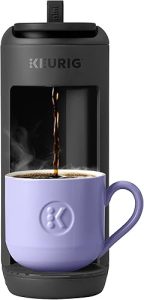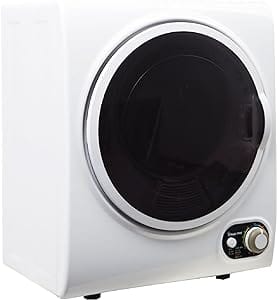It should go without saying that cleaning appliances can greatly simplify our daily tasks.
For instance, robot vacuums are a blessing for hectic homes (I see you, I am you). However, they needed a lot of troubleshooting for a long time because they were cumbersome and fairly stupid. Because they need to be rescued occasionally and take some preparation to work properly (you do need to pick up toys, cords, and drapes off the floor), some people think they are more effort than they are worth. They are still very pricey, too. Even though our budget selection will cost you $250, our best pick, with all the bells and whistles (not included), can cost up to $600.
The idea is quite straightforward. When a broom is swept toward the machine, a motion sensor on the bottom recognizes it and activates the suction to absorb the approaching debris. Automatic dustpans are now a popular add-on for custom kitchen cabinets, and they are frequently integrated into the toe kick for unnoticed cleaning capabilities.
The EyeVac Touchless Vacuum Automatic Dustpan, which we tried, is portable and has a canister that collects dust and grime, which you can empty into the garbage. In the end, this means that you can get rid of the dust flurry when you dump it out and save the irksome chore of bending over to sweep debris into a dustpan.

EyeVac Home Touchless Vacuum Automatic Dustpan – Great for Sweeping Pet Hair, Food Dirt Kitchen – Fast & Powerful, Corded Canister Vacuum
However, is getting one of these dustpans truly worth the money? They can range in price from $100 to $300, depending on the model. Though not very inexpensive, that is less than the cost of the majority of stick or robot vacuums. Does the cost of an automatic dustpan make life more convenient? I wanted to know, so I got a well-liked, well-rated model.
The EyeVac Touchless Vacuum Automatic Dustpan, the device I tested, has an incredible 11,655 five-star ratings on Amazon (as of this writing). Notably, the vast majority of Amazon reviews expressed how much they adore this egg-shaped item, even if we tend to be skeptical of them.
My kitchen is where I set mine up for testing. It would be used most in the kitchen, which is the space most likely to accumulate food crumbs, coffee grounds, matcha dust, and other crusty bits since the majority of my apartment’s hardwood flooring is covered in rugs.
I set this machine to “automatic” mode during my few weeks of testing, which uses the motion sensor to beam crumbs up into the canister while I left it plugged in. It can also be switched to manual mode, in which suction is activated by pressing the top button. However, I wanted to find out how frequently I would wind up sweeping things in this direction.
I swept and dispersed a variety of detritus that I frequently discovered on my floor for some more focused testing, including dust bunnies, coffee grounds, uncooked rice, cereal, and goldfish that I gathered from other areas of the flat.
Having said that, there are undoubtedly applications for this device. Keeping one of these hidden away in a corner of your home could be a painless way to remove grass and dirt that has been tracked in if you have a mudroom or huge entryway.
It is also excellent for homes with hard flooring and pets that shed a lot, according to reviews. Some claim to keep it next to their child’s highchair so they can clean up after untidy meals. Additionally, people who have trouble reaching down to the floor to sweep dirt into a dustpan or who have mobility challenges may find this to be a useful alternative.
For these short jobs, I would much rather utilize my handheld vacuum. Additionally, cordless stick vacuums, such as the Dyson V12, are incredibly agile. Additionally, they will always be ready to go if you leave them charging while not in use.






